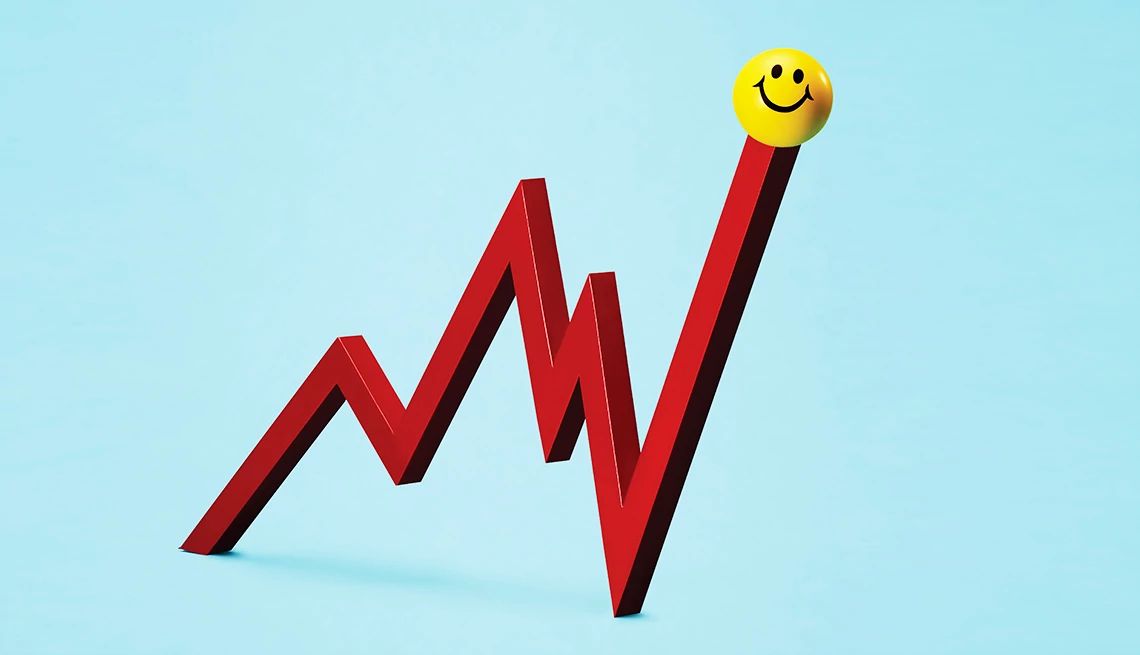
- Select a language for the TTS:
- UK English Female
- UK English Male
- US English Female
- US English Male
- Australian Female
- Australian Male
- Language selected: (auto detect) - EN
Play all audios:
With inflation lingering, the economy chugging along and unemployment low, the Federal Reserve kept interest rates unchanged. That means savers still have time to lock in certificates of
deposit (CDs) paying 5 percent or more. That doesn’t mean rates will soar much higher, but the window is still open to get a good return on your savings. “The timetable when the Fed starts
cutting interest rates keeps getting pushed back,” says Greg McBride, chief financial analyst at Bankrate. “If you have the available cash and are thinking of locking in, now is better than
later. There’s no incentive to wait. We’re unlikely to see CD yields move up.” After more than a decade of near-zero returns, some CDs now yield as much as 5.5 percent. That’s because
the Fed steadily raised its key short-term interest rate 11 times beginning in March 2022 to fight rising inflation. The Fed’s current target range for its key rate, which influences rates
on everything from car loans to bank accounts, is between 5.25 percent and 5.5 percent. Retirees and others on fixed incomes have benefited from the resulting higher savings rates. You can
even get as much as 5.35 percent for bank money market accounts. Those yields won’t be there forever now that the Fed is telegraphing that it will cut interest rates soon. “If you’ve been
waiting, now is the time to lock in rates,” McBride says. If inflation does indeed fall in the next year, as some economists predict, your inflation-adjusted return will be even higher.
HOW TO DO IT Shop around for CDs. Check rates on websites such as Bankrate.com or CDValet.com to get a sense of the range of current offerings. Online banks often dangle the highest yields
because their overhead is lower. Also stop by your local bank or credit union to see if its CD rates are competitive. Sometimes customers who meet a minimum deposit requirement, perhaps
$5,000, can get special rate offers. Alternatively, consider Treasury securities from the U.S. government. Like bank CDs, they pay a guaranteed fixed rate of return for a fixed period of
time as long as you hold them to maturity. You can purchase Treasuries from the government at TreasuryDirect.gov, or invest in them through a brokerage account. If you’re willing to risk
fluctuating yields, a bank money market account or a money market mutual fund can help you easily take advantage of the Fed’s largesse. These accounts typically track the yield on short-term
Treasury bills, which currently pay between 4.81 and 5.39 percent. Today, the average money market fund yields 5.03 percent, according to Crane Data, which tracks the funds, and
high-yielding bank money market accounts yield about the same. There are two big differences between a bank money market account and a money market fund. The first is that the bank has
federal deposit insurance, while the money market mutual fund doesn’t. The other is that a bank account has an administered rate that depends, in part, on the bank’s need for funding. Your
bank could lower its money market account rate to whatever it likes, whenever it likes, no matter what Fed Chair Jerome Powell thinks. Money funds can only promise you the best yields it can
find in the short-term money market.







